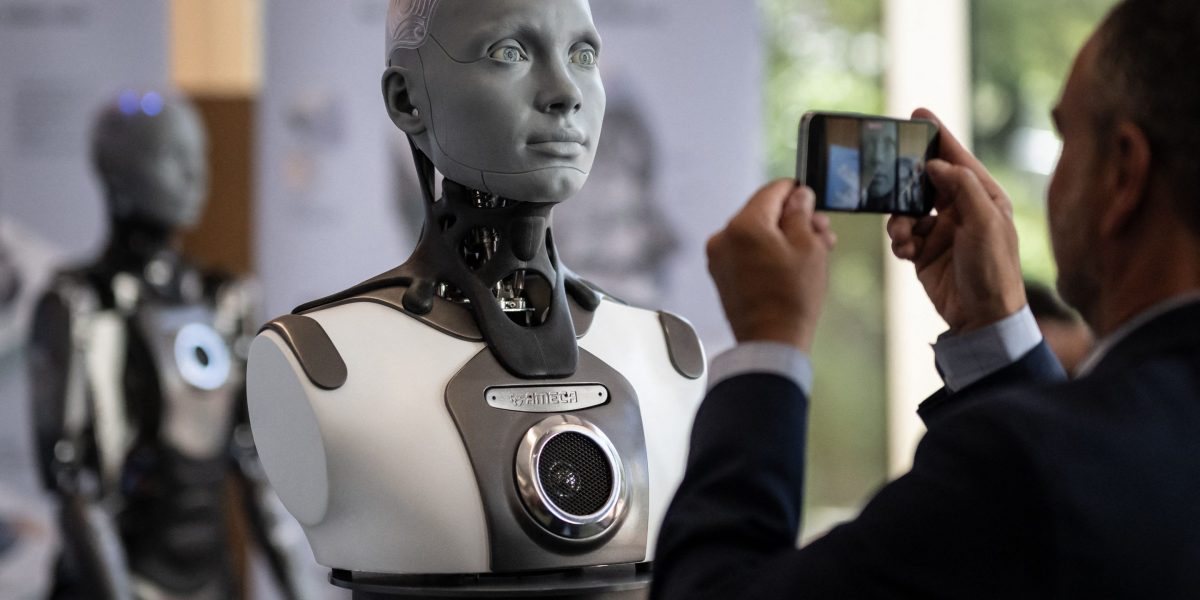In an open letter published on Tuesday, more than 1,370 signatories—including business founders, CEOs and academics from various institutions including the University of Oxford—said they wanted to “counter ‘A.I. doom.’”
“A.I. is not an existential threat to humanity; it will be a transformative force for good if we get critical decisions about its development and use right,” they insisted.



I don’t know why I previous post comments didn’t show up in my profile. But it’s very simple fact that: A regular adult human being have 600 trillion synapses(connections between neurons), it would need to use 64bit int for indexing theses connection and it would cost you ~4.8PB to index these connections. A toddler have way more connections before we trim the unnecessary ones when we get older. It’s freaking impossible for our modern distributed computing to do this efficiently(imagine DDoS your own networks by sending those astronomical amount of data around the section of your virtual brain.)
We do have a very limited scale simulation projects(for medical research etc), and yeah, it’s not get smarter or anything, imagine how stupid regular human can be.
edit: I know you can subsection and index those connections with cluster hierarchy, it would cut some cost but the overhead is also introduced. if the overhead/search time etc is more than the cost of using 64bit index, then using 64bit index is “cheaper”.(trade datasize for look up efficiency.)
Something you may not have considered is that the majority of our brains are used for things like sensory input and motor control, not for thinking. This is why brain size relative to body size is so important. A whale has a far larger brain than you or I, but is significantly less intelligent.